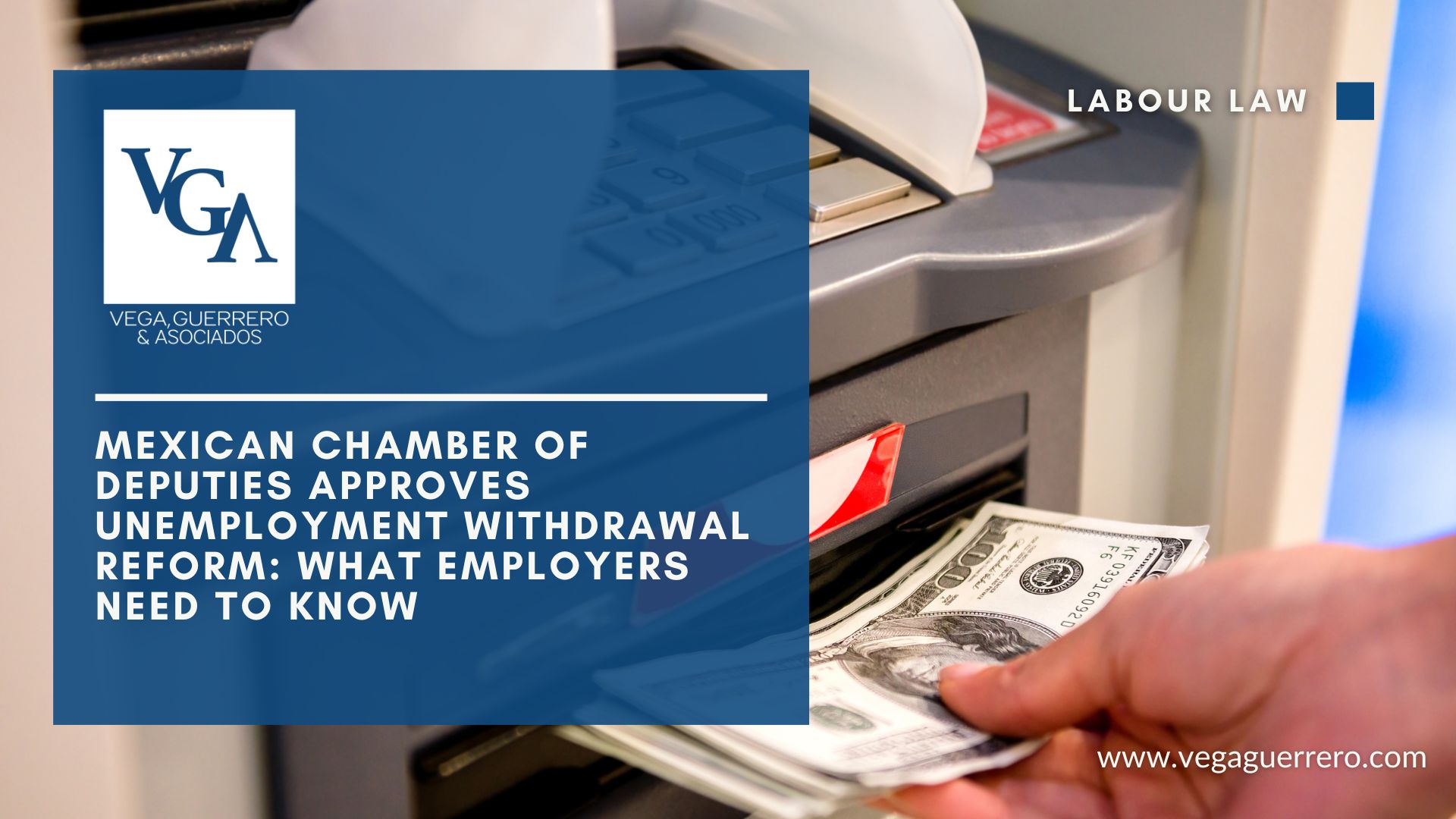On June 24, 2025, the Mexican Chamber of Deputies approved a reform to Article 191 of the Social Security Law that redefines the criteria for partial unemployment withdrawals. Although still pending review by the Senate, this reform represents a structural shift with practical implications for employers, especially regarding retirement subaccounts and the offboarding process.
What’s changing?
The reform keeps the possibility of withdrawing funds from the Retirement, Old Age, and Severance subaccount, but introduces stricter conditions to prevent fraud and manipulation:
- Instead of using the “most recent base contribution salary,” the average salary over the past 52 weeks (Modality A) or 250 weeks (Modality B) will be used for calculation.
- Modality A: Equivalent to 30 days of average contribution salary, capped at 10 monthly UMA (Units of Measurement and Update).
- Modality B: The lesser of 90 days of average salary over the past 250 weeks or 11.5% of the accumulated RCV subaccount balance.
- Workers with five or more years of savings in their individual accounts will no longer be able to choose the more favorable modality. Instead, they will be strictly subject to the modality corresponding to their account tenure, closing the door to strategies involving benefit maximization through simulation.
- Only those who have not made similar withdrawals in the past five years will be eligible.
- Salary minimum references are replaced with the UMA to align with updated legal and financial standards.
Implications for employers
Although these withdrawals take place after termination of employment, the reform creates new areas of attention for HR and Finance departments:
- Salary and contribution audits: Authorities are expected to increase scrutiny on reported salaries at termination to prevent manipulative practices.
- Offboarding procedures: Accurately calculating the employee’s contribution salary and weeks of service will be more critical than ever, as any discrepancies could result in liability for the employer or harm to the former employee.
- Future impact on employer contributions: While the current reform doesn’t modify employer contributions, it could pave the way for future adjustments to fund a more formal public unemployment insurance scheme.
- Fraud prevention: The reform targets fraudulent schemes involving temporary salary increases prior to withdrawals. Authorities may introduce biometric verifications and closer collaboration with Afores to monitor eligibility.
Legislative process
The reform is now before the Senate. If approved, it will take effect the day after its publication in the Official Gazette. The IMSS and CONSAR will have 180 days to adapt their platforms and procedures accordingly.
Final recommendation
Employers should review their termination and salary reporting processes with care. Misreporting the base contribution salary or contribution periods may expose companies to legal and reputational risks. At Vega, Guerrero & Asociados, we are ready to assist you in updating your compliance strategies and mitigating risks associated with employee separations.




